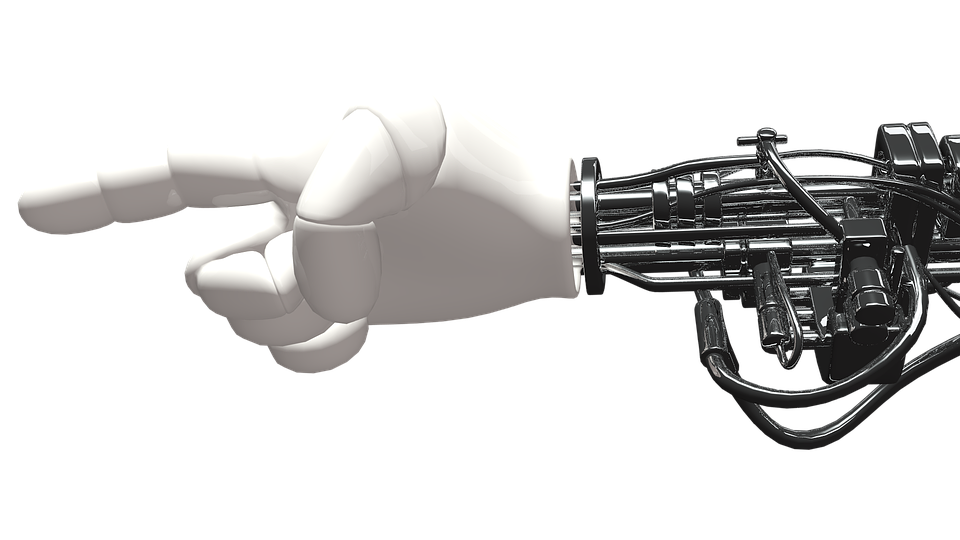Guy Kirkwood on the Evolution of RPA - Part III

The last and final article of the series with UiPath COO Guy Kirkwood addressing the robotic process automation (RPA) landscape and market and different categories of RPA customers, this post will dig a little deeper into what’s going on within the automation market and how it has evolved over the past few years.
Can we actually see what’s happening within the automation market? Guy shares that clarity is often difficult to obtain: “You have SDA [service delivery automation], RBPO [robotic business process outsourcing], RPA, AI [artificial intelligence], Cognitive, and a whole alphabet soup of three letter acronyms that mean bugger all to most business people. I’m here to shed a little light on what’s actually happening. How can I know? It’s because we are seeing the development and scaling of the RPA market from the cockpit. We’re currently getting contacted before anyone else by companies looking to automate.”
What’s Driving RPA Adoption?
The growth of RPA is happening quickly. RPA adoption and innovation is happening in a manner similar to the growth of business process outsourcing (BPO) and shared services markets twenty years ago, but it is accelerating and intensifying much more quickly. “In fact,” Guy elaborates, “it’s accelerating so fast that a strange thing is happening with funding. One would expect in what is essentially a nascent market, that funding would come from the tier two and three Venture Capital or Private Equity houses, but what’s actually ‘sniffing around’ are the likes of General Atlantic Partners and KKR who would not normally get out of bed for less than 100 million dollars.”
According to Guy, RPA adoption is being driven by three things:
Increased opportunities arising from early stage adoption within the BPO and shared service markets.
Expanded coverage by the analysts and advising community: This, Guy maintains, “has really happened over the last eighteen months. If I look back eighteen months ago, then there were roughly five people within the analysts community that actually understood what RPA was. That number has dramatically increased over the last six months.”
Product innovation by the technology providers themselves that is creating increased interest from both BPOs and captive operations.
The Future of RPA
What does the future of RPA look like? Guy explains that several things will happen: “The adoption of RPA will become almost ubiquitous. That will drive down the number of people who are doing manual transaction processing, what we term as swivel-chair processing, transferring information through and between platforms.”
As a result, Guy predicts that we will see an increase in front office tasks and that there will be more “people actually involved in customer experience and driving activity toward the end users.” In addition, there will be a decrease in the number of people involved with back office transactional processes.
Guy also suggests that RPA will continue to iterate: “The development of the RPA platforms will continue at a pace and that will be partly driven by the proof of concepts and the larger implementations that the organizations are carrying out. But also I think if you combine, you will start to see...the increased convergence of both AI type platforms, the digitization, and the back office and customer augmentation activities that are currently carried out by the RPA technology providers.”

CFO, Aspiration Marketing
Get articles from automation experts in your inbox
SubscribeGet articles from automation experts in your inbox
Sign up today and we'll email you the newest articles every week.
Thank you for subscribing!
Thank you for subscribing! Each week, we'll send the best automation blog posts straight to your inbox.



